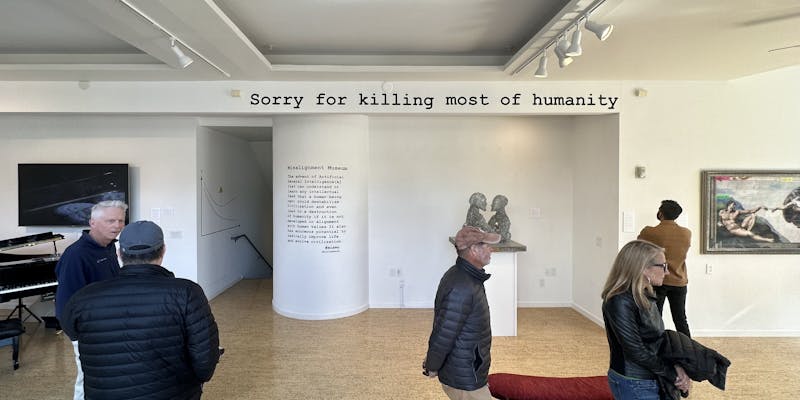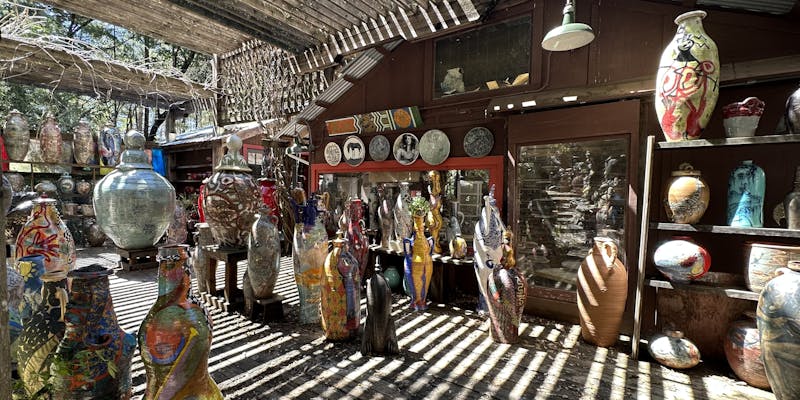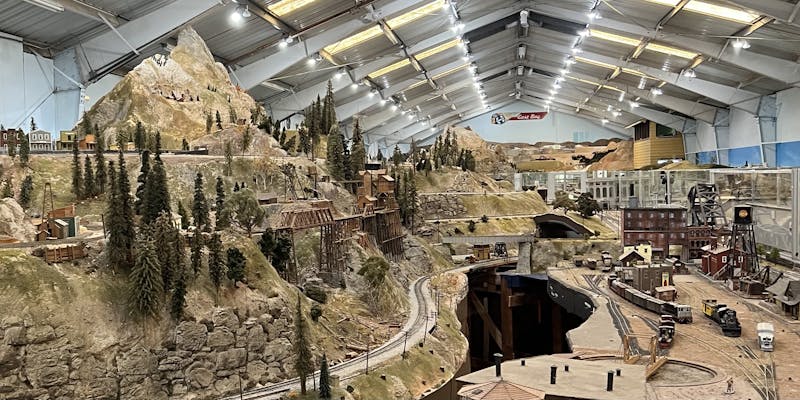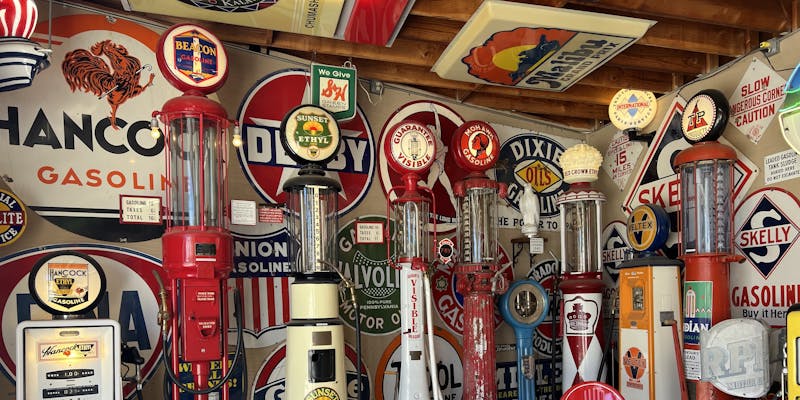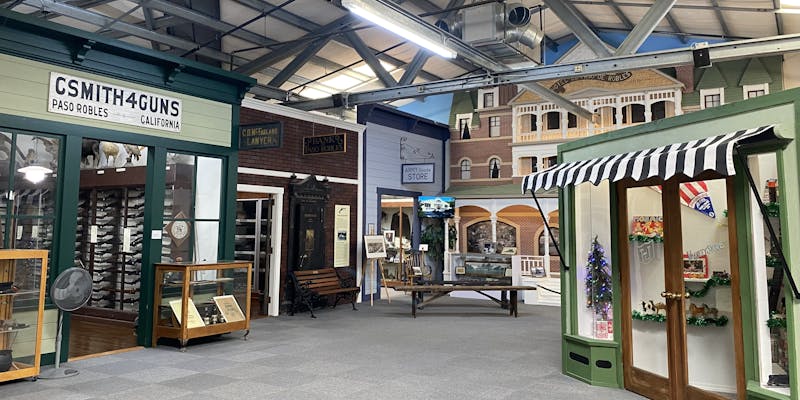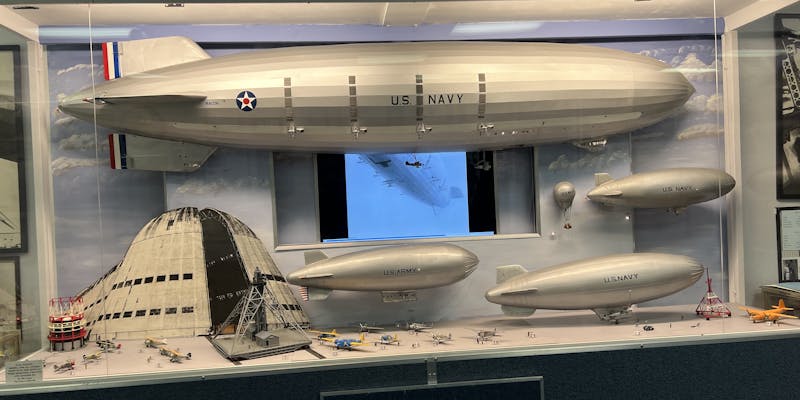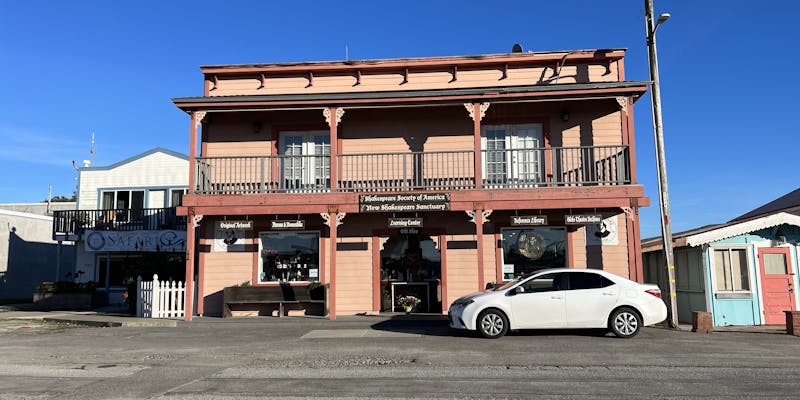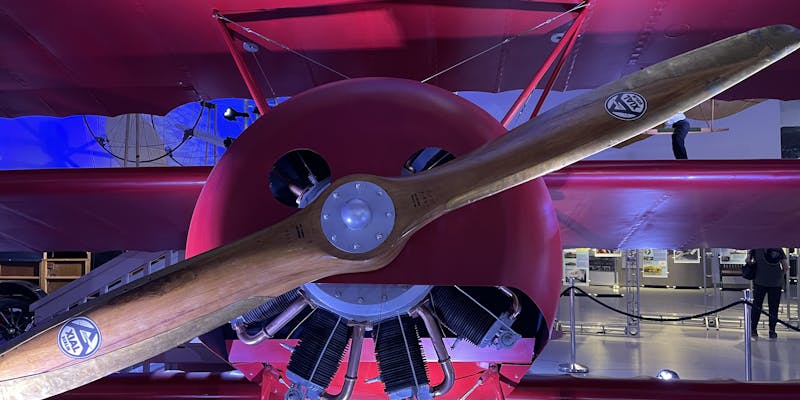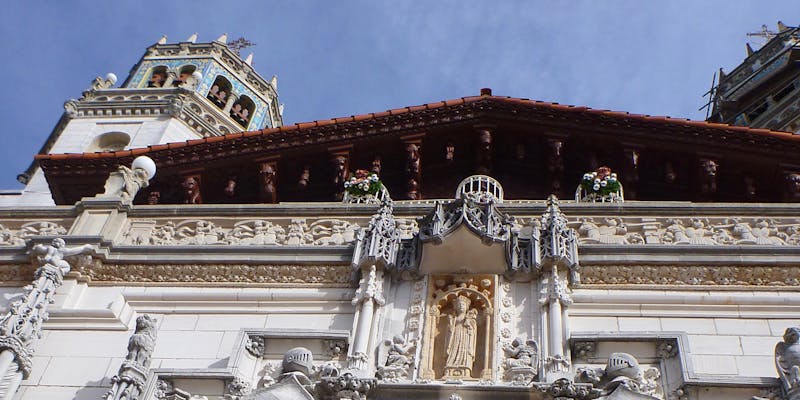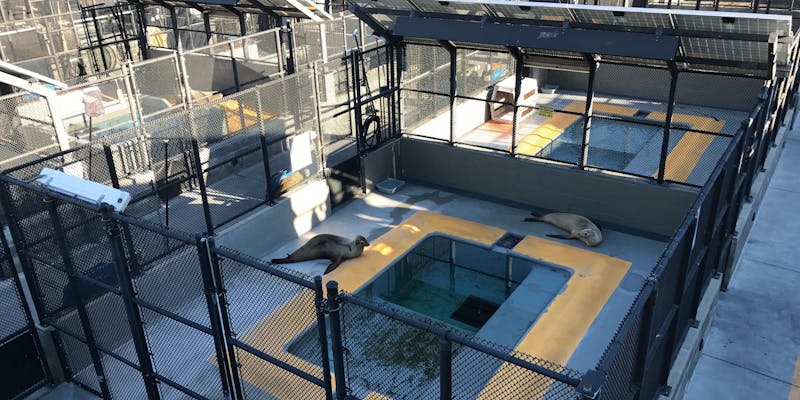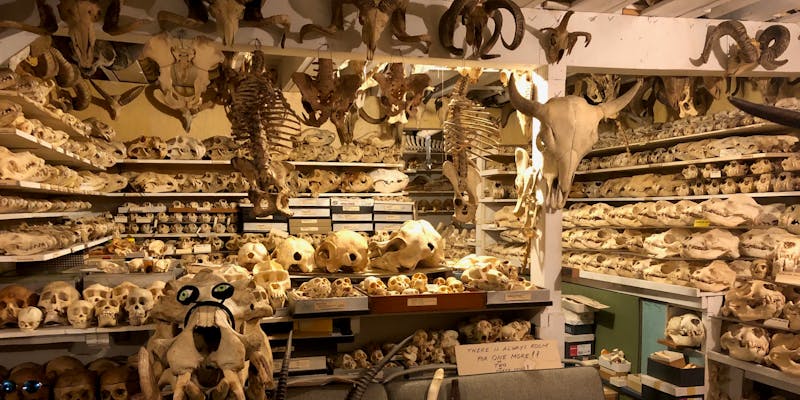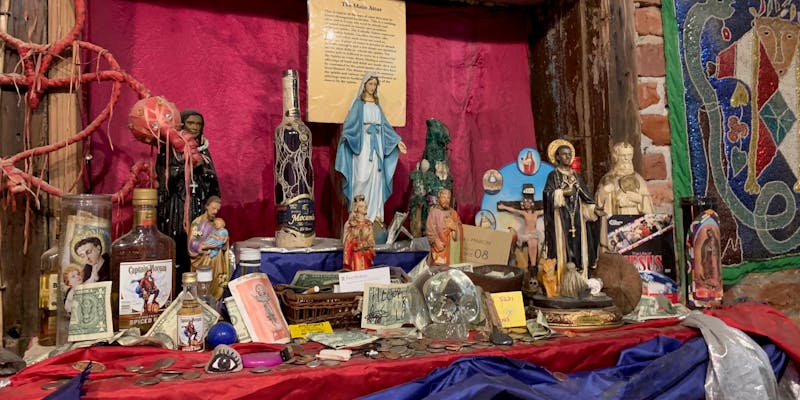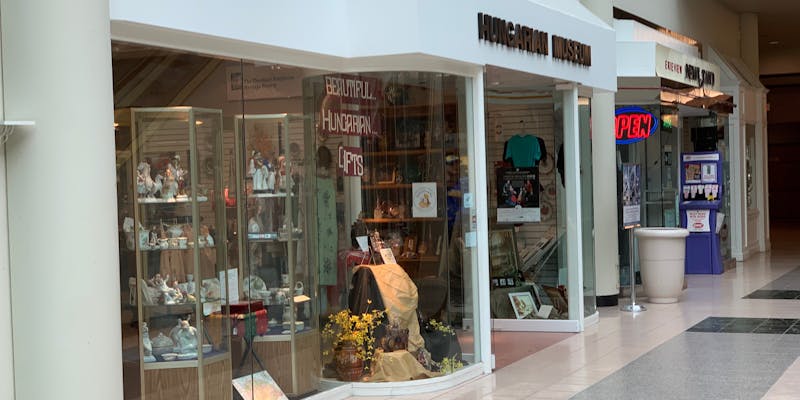The Vincent and Ethel Simonetti Historic Tuba Collection
Vincent Simonetti collected his first historic tuba - a ~1910 Cerveny BB-flat Helicon - in Boston in 1965, while playing tuba on tour with the Moyseev Ballet Company.
Today the collection has grown to more than 350 tubas, and is now the largest private collection in the world that is dedicated exclusively to members of the tuba family.
The collection entirely fills five rooms of a bright yellow house in Durham, North Carolina. Tours take around an hour and a half, and Vincent will go deep into the history and mechanics of the tuba family, plus the many stories behind the instruments in the collection.
The tuba family is defined by its conical shape, as opposed to the cylindrical form of the trumpet and trombone.
The first tuba to be called a tuba was patented in 1835, and a model still exists in a museum in Berlin. The V & E collection's oldest tuba is from 1845 and is almost identical to that 1835 model.
The oldest instrument in collection is a serpent from 1830 - still a member of the tuba family, but this one pre-dates the first airtight valve “tuba” by five years. Serpents date back to at least 1563 in France.
Other collection highlights include representatives from many influential tuba manufacturers such as C.G. Conn, York, and H.N. White, many sousaphones, a 9-keyed ophicleide (keyed serpent) from 1865, two double tubas (single instruments with two horns) and one of only five double-belled alto horns left in the world.
The museum can be visited by appointment only (with 24 hours notice) every Tuesday and Thursday from 3pm – 6pm.
27 September 2024


